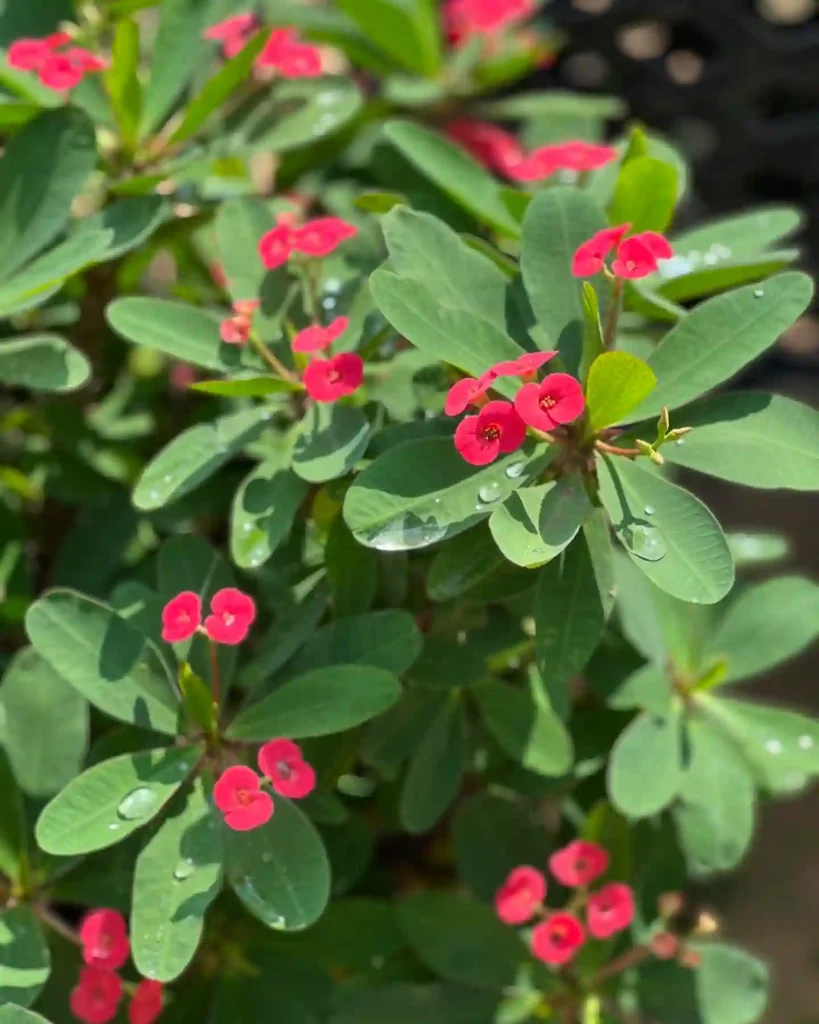
FAQs About Lactuca Virosa: A First-Person Guide
I’ve always been fascinated by plants, especially those with unique properties. One such plant that caught my attention is Lactuca Virosa, commonly known as Wild Lettuce. It has a rich history, both for its medicinal use and its intriguing characteristics. Over time, I’ve learned a lot about it, and I’m excited to share this knowledge with you. Below are some frequently asked questions about Lactuca Virosa, answered from my own experiences and research.
117 Species in Genus Lactuca
What is Lactuca Virosa?
Lactuca Virosa, also known as Wild Lettuce, is a biennial plant native to Europe, which has spread to various parts of the world, including North America and Australia. It belongs to the Asteraceae family, and it closely resembles the common garden lettuce. Historically, it has been used for its sedative and pain-relieving properties, earning it the nickname “opium lettuce.”
How to Identify Lactuca Virosa?
Identifying Lactuca Virosa can be a bit tricky due to its resemblance to other plants like Lactuca Serriola and dandelion. The key features include its tall, spiny stem, which can grow up to six feet high, and its pale green leaves with serrated edges. The leaves often have a purplish hue on the underside, and when the stem is broken, a milky white latex is released. During the late summer, it produces small, pale yellow flowers.
How to Grow Lactuca Virosa?
Growing Lactuca Virosa is relatively straightforward. It thrives in well-drained soil with plenty of sunlight. If you’re looking to grow it from seeds, plant them in early spring. The seeds should be sown on the soil surface and lightly covered. Ensure they get plenty of sunlight, as Lactuca Virosa plants need at least six hours of direct sun daily. Water the plants regularly, but don’t overwater them as they do not like soggy conditions.
Can You Grow Lactuca Virosa Indoors?
While Lactuca Virosa prefers outdoor conditions, you can grow it indoors if you provide sufficient light. A south-facing window or a grow light will do the trick. Ensure the pot has good drainage to prevent waterlogging, and use a well-draining soil mix.
How to Care for Lactuca Virosa?
Caring for Lactuca Virosa involves regular watering, especially during dry spells. However, be cautious not to overwater, as this can lead to root rot. Fertilizing is not typically necessary, but a light application of a balanced fertilizer can promote healthy growth. Pruning is minimal, mainly to remove any dead or damaged leaves.
How to Use Lactuca Virosa?
Lactuca Virosa has been traditionally used for its sedative and analgesic properties. The latex extracted from the plant can be dried and used in various forms, such as teas, tinctures, or capsules. However, it’s essential to be cautious and consult a healthcare professional before using it, as improper use can lead to adverse effects.
How to Make Lactuca Virosa Extract?
To make Lactuca Virosa extract, you can harvest the plant’s leaves and stems when they are in full bloom. Cut them into small pieces and allow them to dry. Once dried, you can steep the plant material in a high-proof alcohol like vodka for several weeks. Strain the liquid, and you have a basic tincture. Remember to use caution and research appropriate dosages.
Is Lactuca Virosa Poisonous?
Yes, Lactuca Virosa can be toxic if consumed in large amounts. The plant contains lactucarium, a milky substance that can cause side effects such as dizziness, nausea, and confusion. Always use it in moderation and under the guidance of a healthcare professional.
Can Lactuca Virosa Get You High?
Lactuca Virosa is sometimes referred to as “opium lettuce” because it has mild sedative and analgesic effects. While it doesn’t cause a “high” similar to that of opium or other narcotics, it can induce a sense of calm and relaxation. However, these effects vary from person to person.
Does Lactuca Virosa Cause Appetite Loss?
There is some anecdotal evidence suggesting that Lactuca Virosa may cause appetite loss, likely due to its sedative effects. If you’re using it for its calming properties and notice a decrease in appetite, this could be a side effect.
Does Lactuca Virosa Spread?
Yes, Lactuca Virosa can spread easily. It produces a lot of seeds, which are dispersed by the wind. If you’re growing it in your garden, be prepared for it to spread, and consider controlling its growth by removing flowers before they set seed.
Where Does Lactuca Virosa Grow?
Lactuca Virosa is quite adaptable and can grow in various climates. Here’s a breakdown of its presence in different regions:
- Australia: Yes, Lactuca Virosa can grow in Australia, mainly in temperate regions.
- Canada: It grows in parts of Canada, particularly in areas with milder climates.
- Florida: The warm climate of Florida is suitable for Lactuca Virosa.
- Louisiana: It can also thrive in the humid conditions of Louisiana.
- Michigan: Despite the colder climate, Lactuca Virosa can grow in Michigan, particularly during the warmer months.
- Ohio: It is possible to find Lactuca Virosa in Ohio.
- South Africa: This plant can grow in parts of South Africa, especially in areas that mimic its native habitat.
- Texas: The warm, dry climate of Texas is suitable for growing Lactuca Virosa.
- Vermont: Lactuca Virosa can grow in Vermont, but its growth may be limited by the colder climate.
Has Anyone Ever Died from Lactuca Virosa?
There are no well-documented cases of fatalities directly attributed to Lactuca Virosa. However, excessive consumption can lead to serious side effects, so it’s crucial to use it responsibly.
Lactuca Virosa vs. Lactuca Serriola
Lactuca Virosa and Lactuca Serriola are often confused due to their similar appearance. The primary difference lies in their effects: Lactuca Virosa is more potent in its sedative and analgesic properties, while Lactuca Serriola is less intense. They also differ in size, with Lactuca Virosa typically growing taller.
Lactuca Virosa vs. Dandelion
Lactuca Virosa and dandelion look similar, especially when not in bloom. The main distinguishing feature is the milky latex that Lactuca Virosa releases when its stem is cut. Dandelions, on the other hand, have a hollow stem with no latex.
How to Cook Lactuca Virosa?
Cooking Lactuca Virosa is not common due to its bitter taste and potential toxicity. If you do choose to use it, it’s best to cook it thoroughly to reduce bitterness and toxicity. Blanching the leaves before adding them to soups or stews is a safer method.
Benefits of Lactuca Virosa
Lactuca Virosa is primarily valued for its potential pain-relieving and sedative properties. It has been used traditionally to alleviate symptoms of insomnia, anxiety, and mild pain. However, always consult with a healthcare provider before using it for medicinal purposes.
Common Problems with Lactuca Virosa
The most common issue with Lactuca Virosa is its tendency to spread aggressively. Managing its growth and preventing it from overtaking other plants in the garden is crucial. Additionally, it can attract pests like aphids and caterpillars.
Where to Buy Lactuca Virosa?
You can find Lactuca Virosa seeds or dried herb in specialty herb shops, online stores, and sometimes in garden centers that carry a wide variety of plants. Always ensure you’re purchasing from a reputable source to avoid contamination.
Lactuca Virosa is a fascinating plant with a lot of potentials, but it should be approached with caution. Whether you’re looking to grow it, use it, or simply learn more about it, I hope this guide has answered your questions and sparked your interest. As always, when dealing with plants that have medicinal properties, it’s important to do thorough research and consult professionals.
If i die, water my plants!



